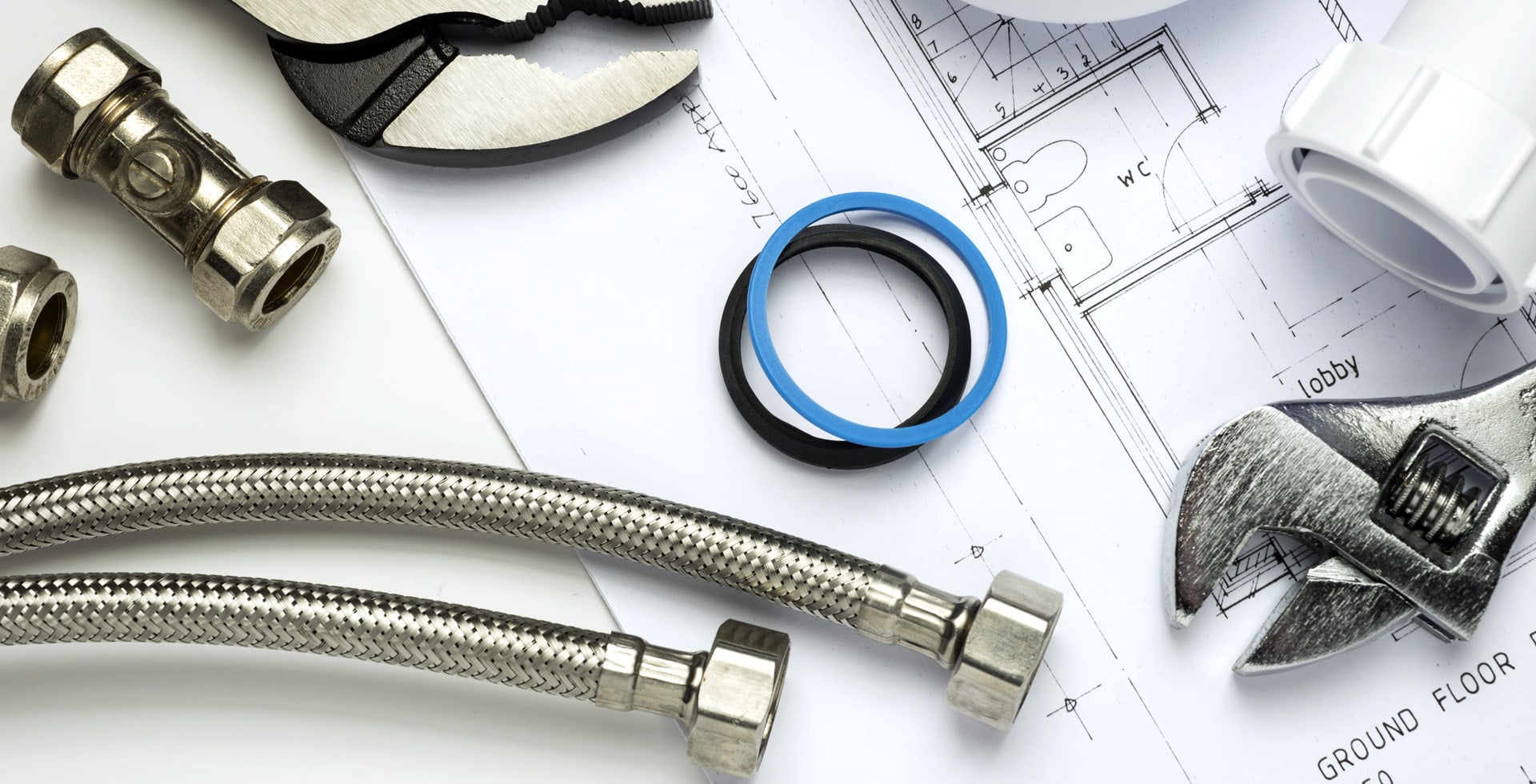“`html
Best Practices for Painting New Drywall
Painting new drywall can significantly enhance the aesthetic and functional qualities of a space. However, this task requires specific techniques to ensure a flawless finish. Understanding the right processes, tools, and materials can make all the difference in achieving stunning results. Here are the best practices for painting new drywall.
1. Prepare the Surface
Before applying any paint, proper preparation of the drywall surface is crucial. Here’s how to ensure your drywall is ready for paint:
- Inspect the Drywall: Check for any imperfections such as dents, scratches, or holes. These should be addressed before painting.
- Sanding: Lightly sand the surface with fine-grit sandpaper (around 220-grit) to smooth out any rough areas. This step helps the paint adhere better.
- Dust Removal: After sanding, wipe down the walls with a damp cloth or a vacuum to remove all dust particles. This step is imperative to achieve a clean finish.
2. Apply a Primer
Priming is an essential step when painting new drywall. Here’s why and how to do it effectively:
- Why Use a Primer: Primer seals the porous surface of the drywall, preventing the paint from soaking in unevenly. It also helps in hiding any imperfections and provides a uniform surface for the final coat.
- Choosing the Right Primer: Select a primer specifically designed for drywall. Additionally, opt for a high-quality, water-based primer for easy cleanup and low odor.
- Application: Use a roller for large areas and an angled brush for corners and edges. Ensure even coverage and allow the primer to dry completely before applying paint.
3. Select the Right Paint
The type of paint you choose can significantly impact the final look and durability of your wall. Consider the following:
- Finish Type: For new drywall, a flat or matte finish is often recommended, as it helps in hiding imperfections. However, eggshell finishes can also work well for a bit of sheen and washability.
- Quality Matters: Invest in high-quality paint. It may cost more upfront, but it often covers better and lasts longer.
- Color Selection: Choose colors that complement your decor. Always test paint samples on the wall to see how the color looks in different lighting conditions.
4. Prepare Your Tools
Having the right tools is essential for a smooth painting experience. Here is a list of tools you will need:
- Paint roller and extension pole
- Angled paintbrush
- Paint tray
- Drop cloths or plastic sheeting
- Painter’s tape
- Sandpaper and vacuum or damp cloth
- Primer and paint as per your selection
5. Use Proper Techniques
Using the right painting techniques can enhance the overall appearance of your project:
- Cutting In: Begin by using an angled brush to “cut in” around edges and corners. This technique allows for clean lines where the roller won’t reach.
- Rolling Technique: Use a roller for larger wall sections, applying paint in a “W” pattern to ensure an even coat. Roll in sections and overlap slightly to avoid streaks.
- Two-Coat Application: For the best coverage, apply a second coat after the first has dried completely. This ensures a vibrant, uniform finish.
6. Allow for Proper Drying
Drying time is crucial in the painting process. Consider the following:
- Temperature and Humidity: Paint dries best in moderate temperatures and humidity levels. Avoid painting on extremely hot or humid days.
- Follow Manufacturer Guidelines: Check the paint or primer label for specific drying times before applying subsequent coats.
- Ventilation: Ensure the room is well-ventilated to facilitate drying and reduce any lingering paint odors.
7. Clean Up and Final Touches
Once the paint has dried, it’s time to clean up and inspect your work:
- Remove Painter’s Tape: Carefully peel off the tape while the paint is still slightly wet to prevent any chipping.
- Touch-Up: Inspect the walls for any imperfections or missed spots and touch them up as needed.
- Clean Tools: Clean brushes, rollers, and trays promptly after use to ensure they are ready for future projects.
Conclusion
Painting new drywall can transform any room, but it requires careful attention to detail and the right techniques. By following these best practices—preparing the surface, priming, selecting the right materials, using proper techniques, and ensuring proper drying—you will achieve a professional-looking finish that lasts for years to come. Take your time, plan adequately, and enjoy the process as you bring your vision to life.
“`

